- All Events
- Wine Tours
- Wineries
- Blog
- About
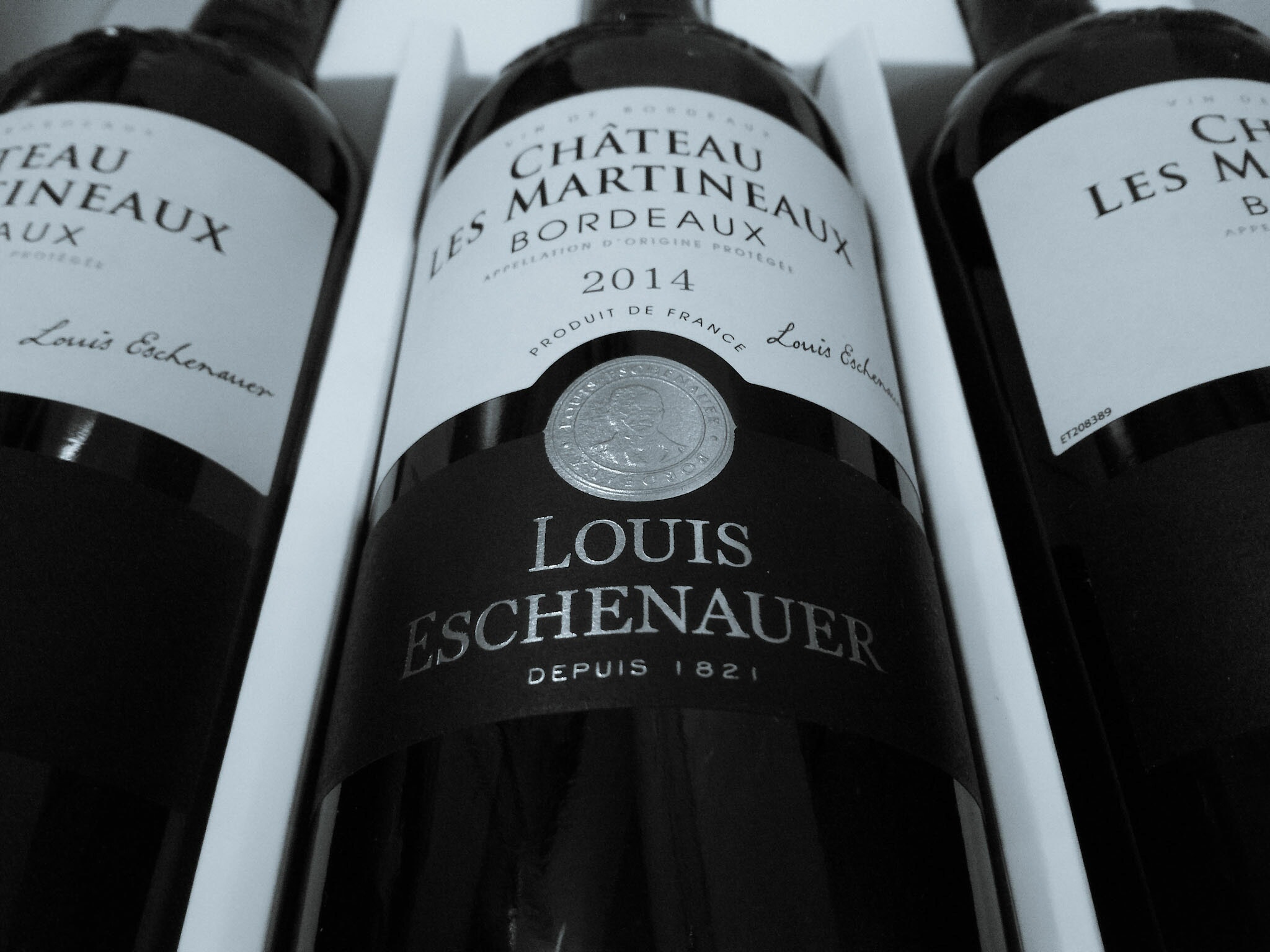
Reading the label on any foreign bottle of wine can be tricky but knowing how to read a wine label from a French region is a great place to start. Whether you are looking for the grape, specific region it is from, or level of quality, a little knowledge can go a long way. You will see some foreign French terms, the vintage (year in which grape was made), the region it is from, possibly the winemaker’s name, seldom the grape variety, and some French classifications.
There are subtle nuances in French wine labels that separate itself from the rest of the herd, like not including the actual variety on the bottle but instead the region in which it was grown. Initially, this can be intimidating for someone who’s used to drinking wine from the New World like America and New Zealand or even someone who has always gone for an Italian or German wine. Knowing the major players in French winemaking and what grapes live there can help big time in your wine ventures.
Bordeaux – A Bordeaux is a wine that comes from the Bordeaux region providing grapes like Cabernet Sauvignon, Merlot, Cab Franc, Petit Verdot, and Malbec with over 90% of Bordeaux blends consisting of Cabernet Sauvignon and Merlot.
Burgundy – Located on the eastern side of France consisting of roughly 100 miles of vineyards, this region has a notable history of delivering legendary Burgundy Red (Pinot Noir) and Burgundy White (Chardonnay) wine.
The Rhone Valley – Located in southeastern France, this region is known for producing approachable and affordable wines like Grenache, Syrah, and Viognier. A popular blend from the Cote du Rhone is a GSM, which consists of Grenache, Syrah, and Mourvèdre.
Alsace – This wine region, located in northeastern France, is unlike other French wine growing regions as the wine is labeled by variety rather than place of origin, making it a lot easier to pick out. Some of the most desired wines here are made from grapes like Gewurztraminer, Pinot Blanc, Pinot Gris, and Riesling. Germany is Alsace’s friendly neighbor, so a lot of the grapes found there are also varietals found in Germany.
The Loire Valley – Located in northwest France, beginning inland from the Atlantic and to the entirety of the Loire River, this region is known for bright and acidic white wines. Popular varieties include Sauvignon Blanc, Vouvray, and Muscadet.
Provence – located in southeastern France, this breathtakingly stunning region mainly produces rose. Some common wine producing names from this region include Château Pradeaux and Château de Roquefort.
Related: French Wine 101: Bordeaux
Translating the region to a grape is a satisfying first step and one that will inevitably lead to dissecting various terms used on the bottle. These details range from where exactly the wine was made in its respective region, how the wine was made and in what style the wine was made from. Here are just a few to get you started.
Biologique: Organically produced
Brut: indicating a dry style in sparkling wine or how sweet it is
Château: A winery
Côtes: Wines from a slope or hillside
Cru: Translates to “growth” and is given to a vineyard for its notable quality
Domaine: A winery estate with vineyards
Mis en bouteille au château/domaine: Wine that is bottled at the winery (will see this a lot)
Sec: Dry, meaning not sweet
Vignoble: Vineyard
From understanding region and grape correlations to miscellaneous French terms there is just one more in between and that is French law. The French love their complicated law structure, that’s just how they operate and have operated for hundreds of years. Unfortunately, for those learning about their beautiful wine, the ideology doesn’t change. Here are a few key French classifications that you will most likely see on a French bottle of wine that tell us about the quality and the law enveloping those classifications, amongst other things.
AOP (Appellation d’Origine Protégée) – signifying the wine is from a regulated region like Burgundy but could also be a substrate of that larger area, like Chablis. Each region has its own set of allowed specifications on the grapes, where it grows, and the minimum quantity of wine produced.
IGP (Indication Geographique Protégée) or VDP (Vin de Pays) – similar to AOP but with less regulations and is identical to VDP, which was the original term for IGP. IGP is also the same as a PGI (Protected Geographical Indication).
Vin de France – the most basic and most common classification where the grape will often be included on the label. These grapes under “vin de France” can originate from anywhere in France.
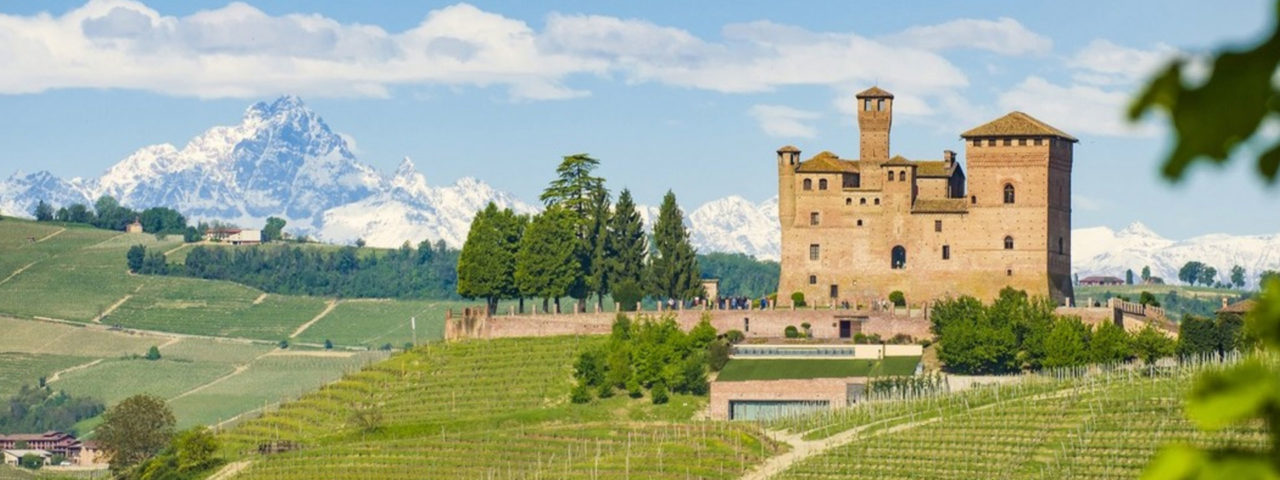
Oct 23 – 30, 2021
6 nights, 7 days
Milan, Barolo, Alba, and Turin
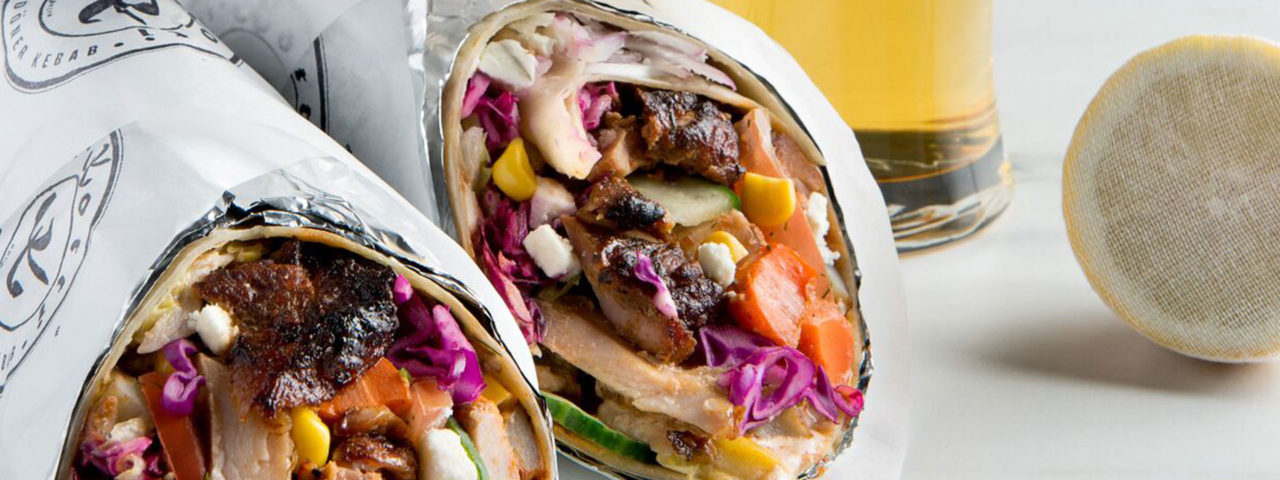
Join us for a Virtual Food & Wine Pairing with Brooklyn’s Kotti Berliner. Explore delicious döner kebabs paired with wine. Meet Kotti founder, Erkan Emre.
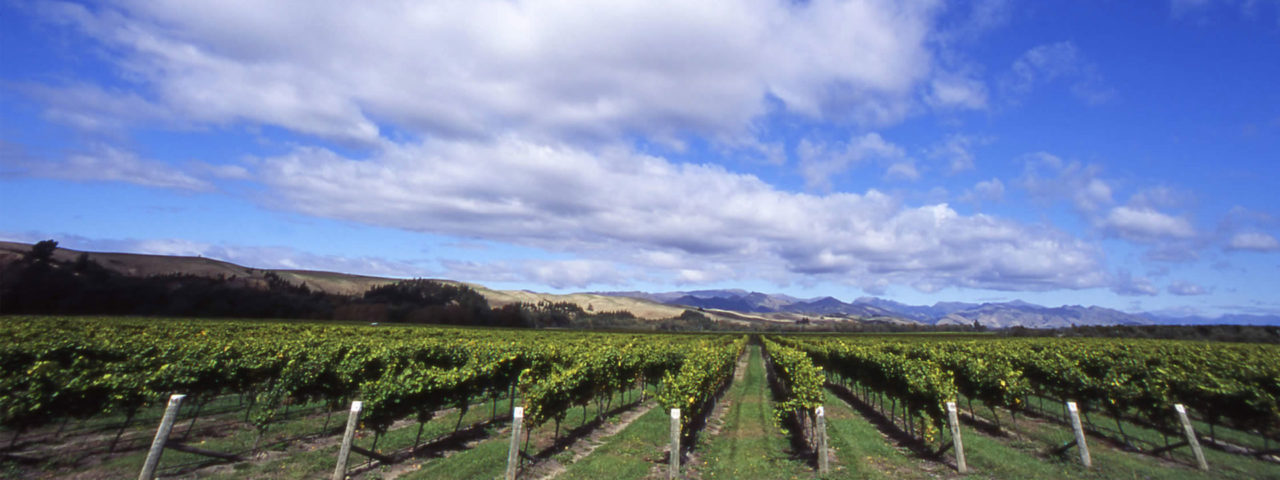
Join us for a Virtual Tasting with one of America’s leading importers of high-quality Portuguese wines.
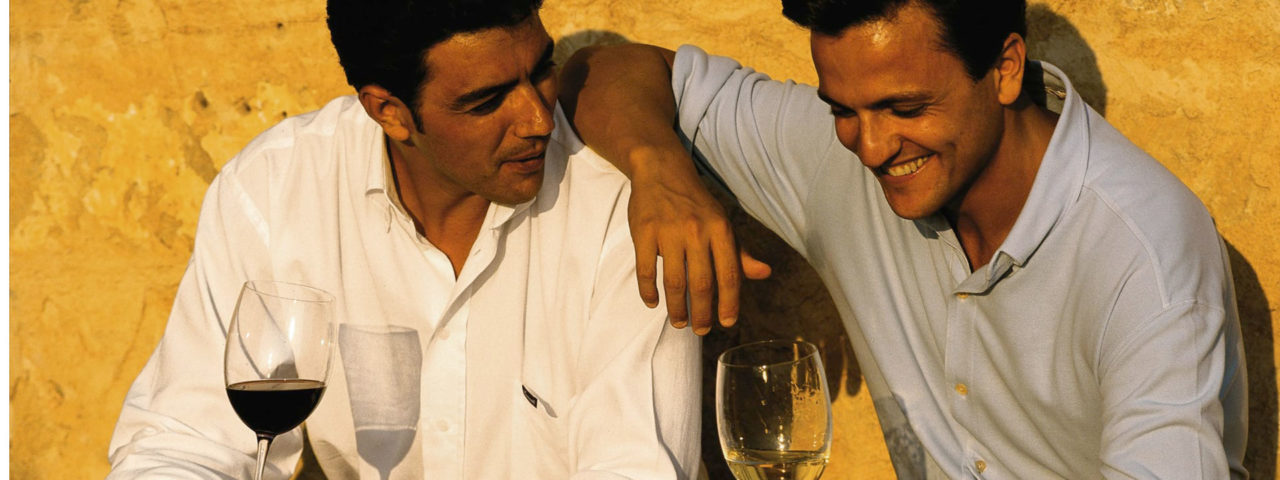
Join us for a Virtual Tasting with the maker of the #1 selling Sicilian wine in the U.S.
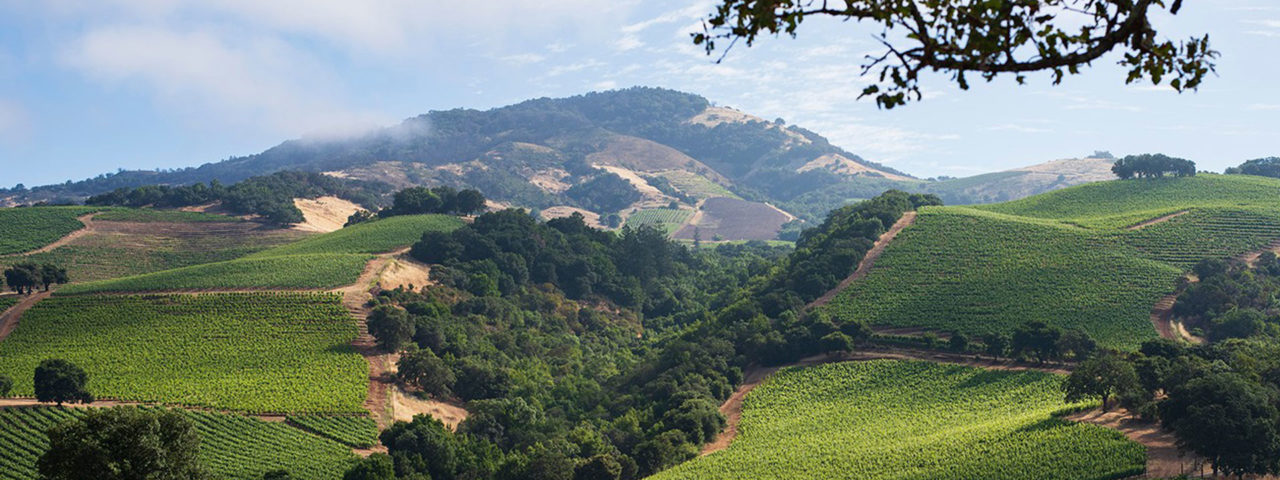
Join us for a Virtual Tasting. The Kunde family has farmed an 1,850-acre estate in Sonoma Valley for 100 years.

Join us for a Virtual Tasting. Great wine starts in the vineyard.
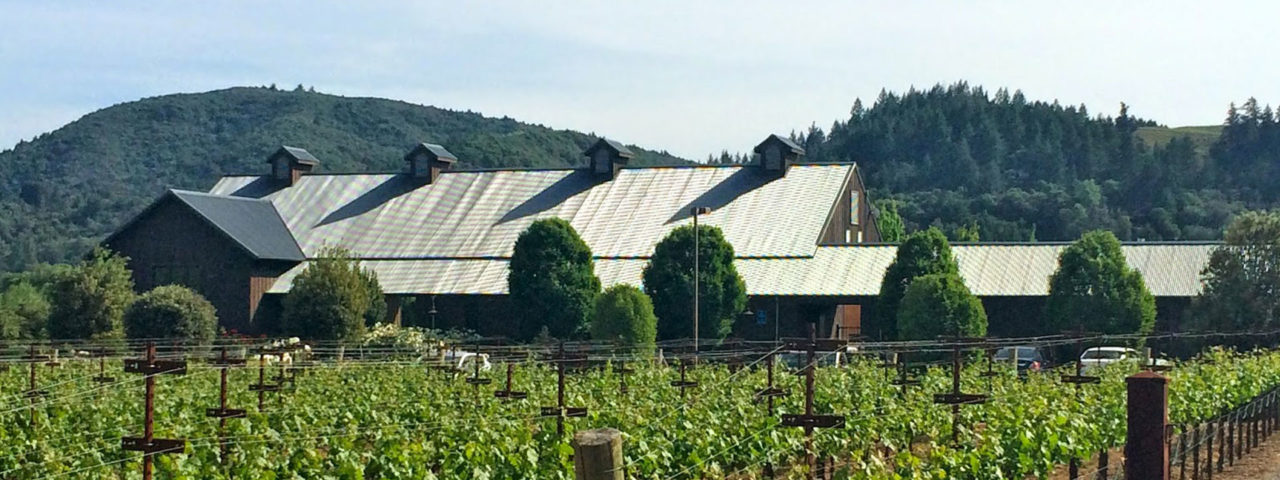
Join us for a Virtual Tasting. Distinctive and hand-crafted wines produced from award-winning vineyards.
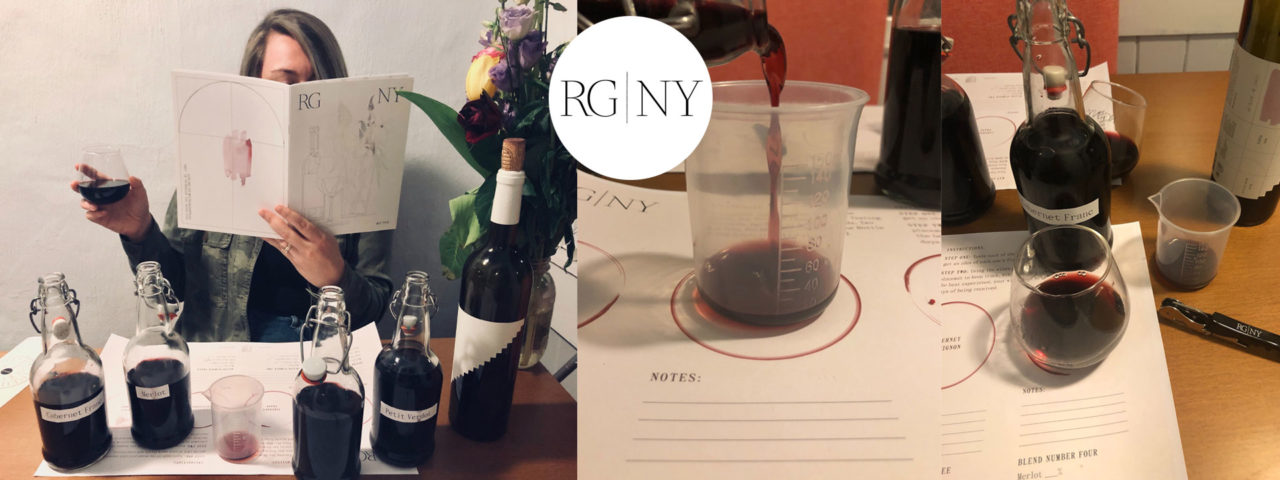
Be your own winemaker for a day — guided by a professional on Zoom video!
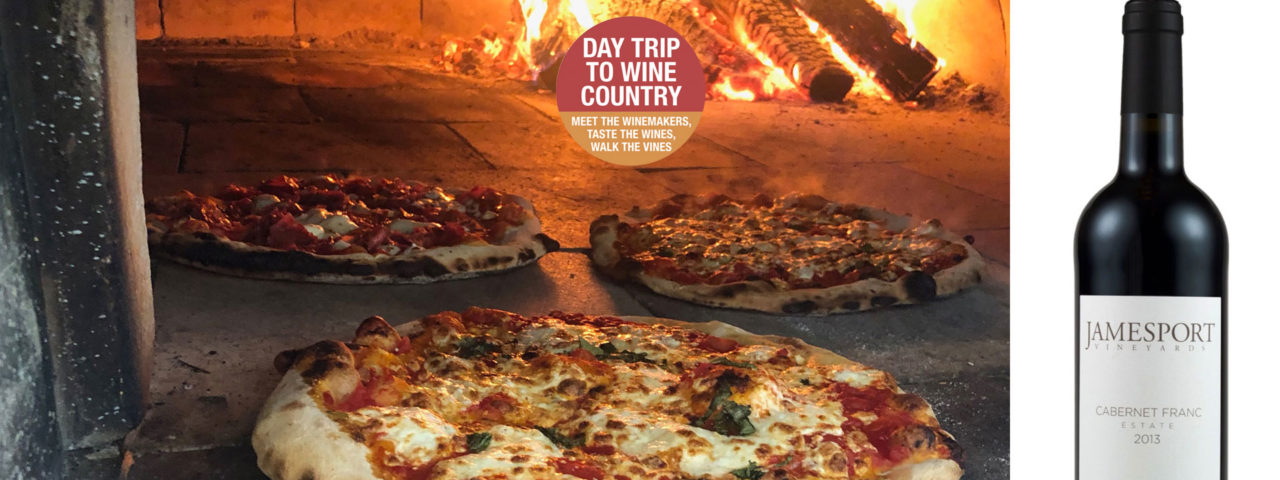
What’s better than great wine and artisanal pizza?
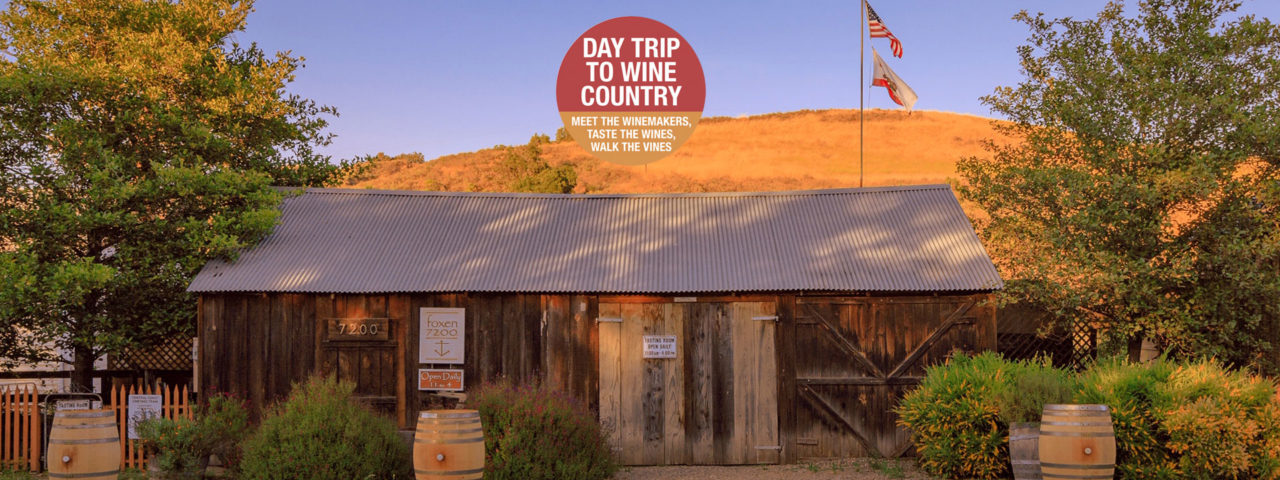

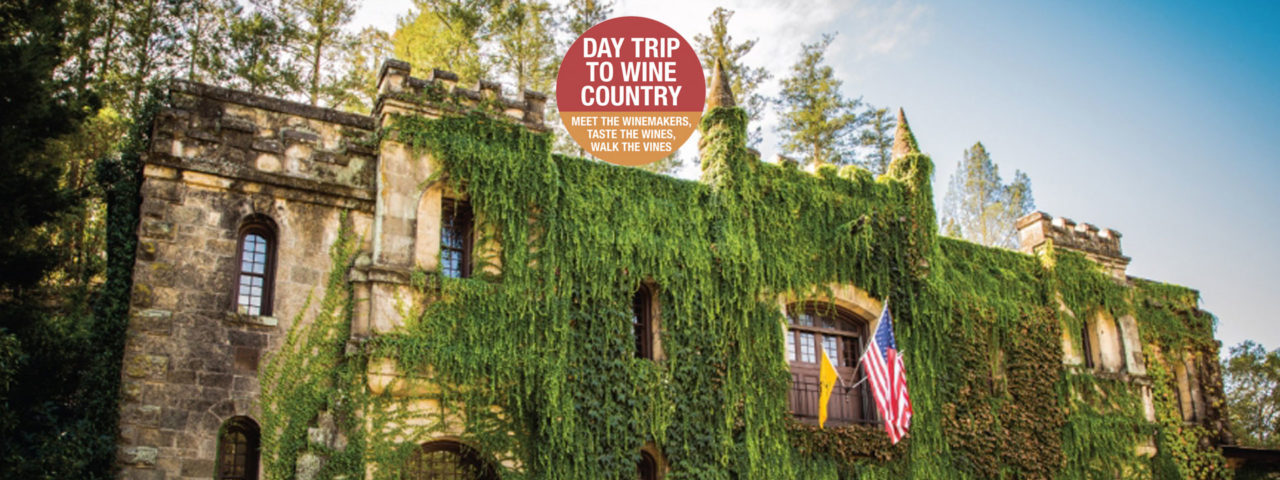

The New York Times described Ridge Monte Bello as “America’s greatest Cabernet Sauvignon.”
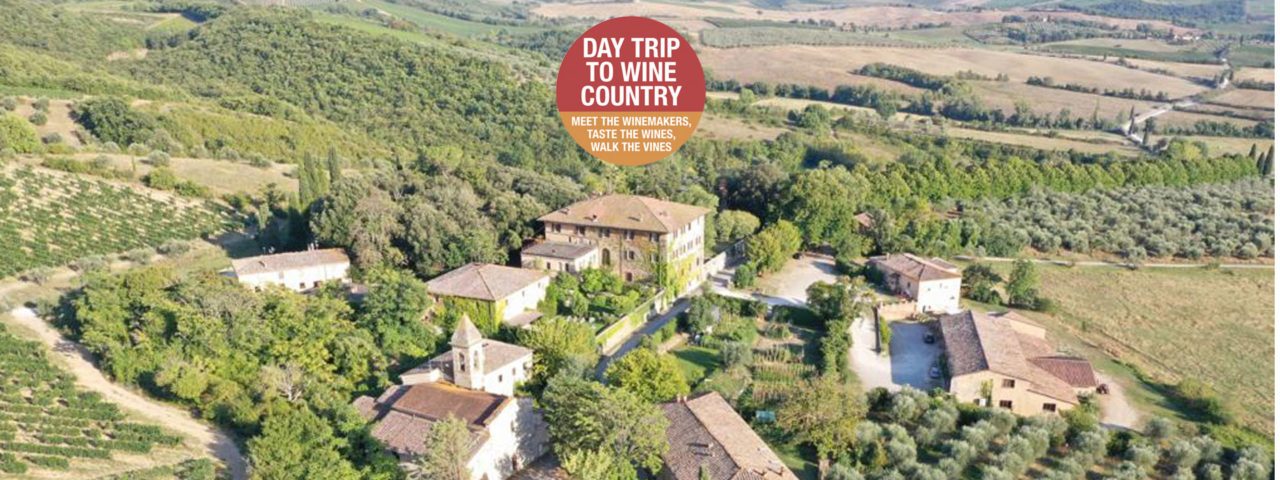
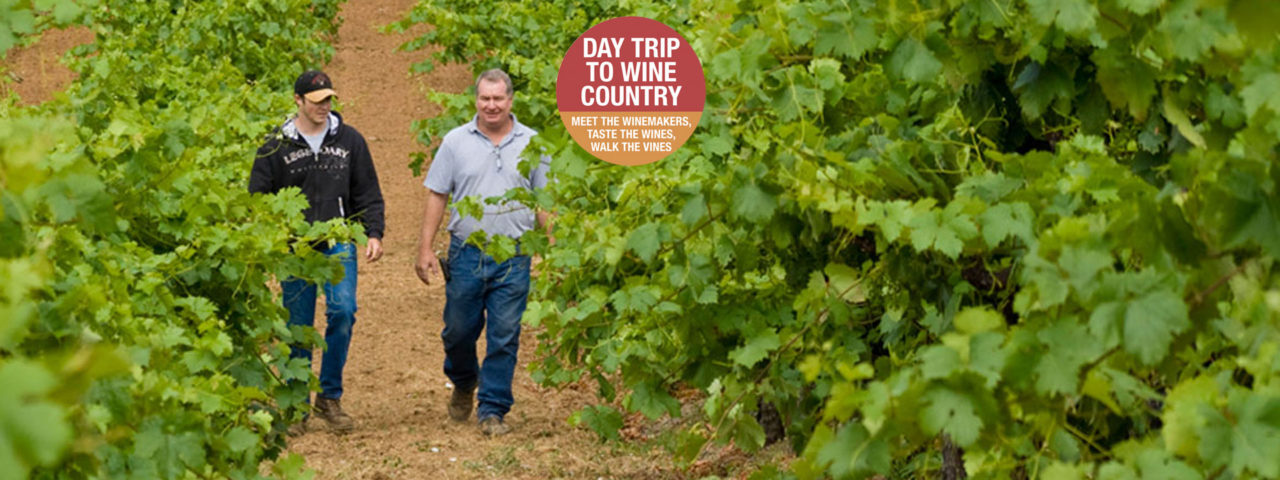
Four Generations of Family Pride at Pedroncelli Winery, since 1927
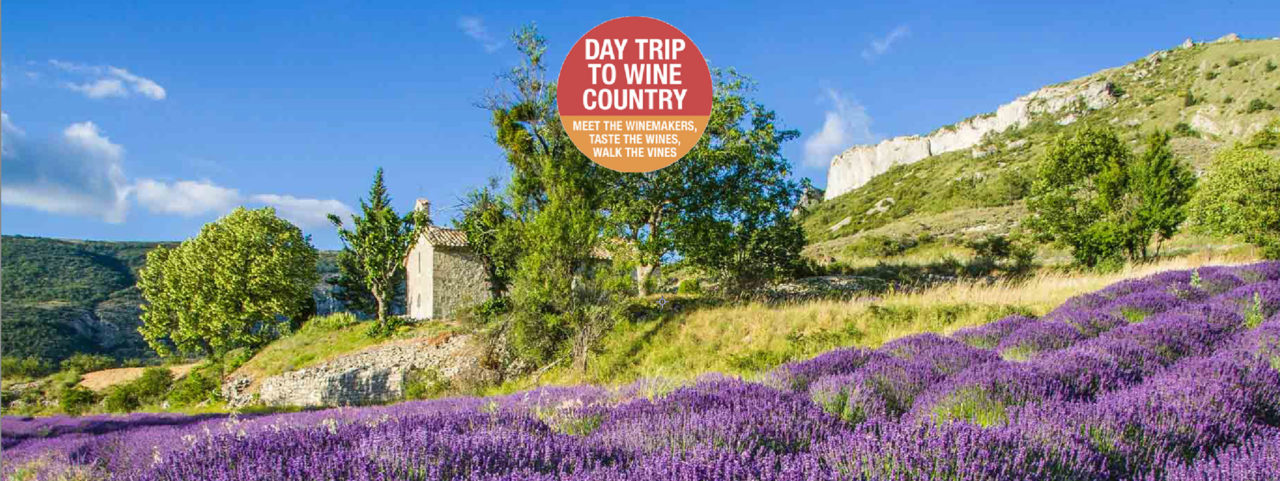
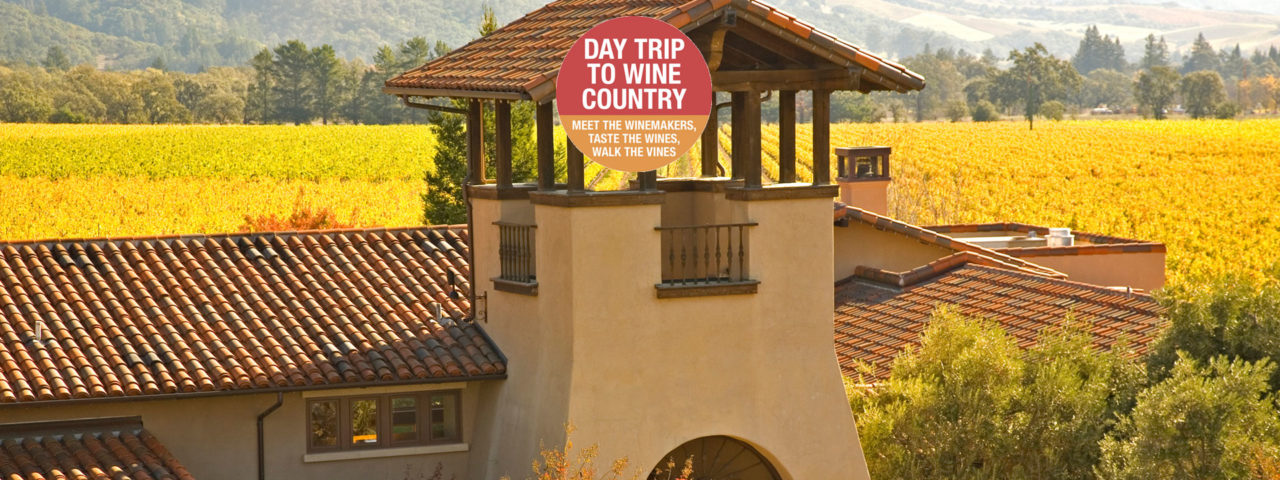
Voted “#1 in America” in 2013 and 2015 by Open Table customers.
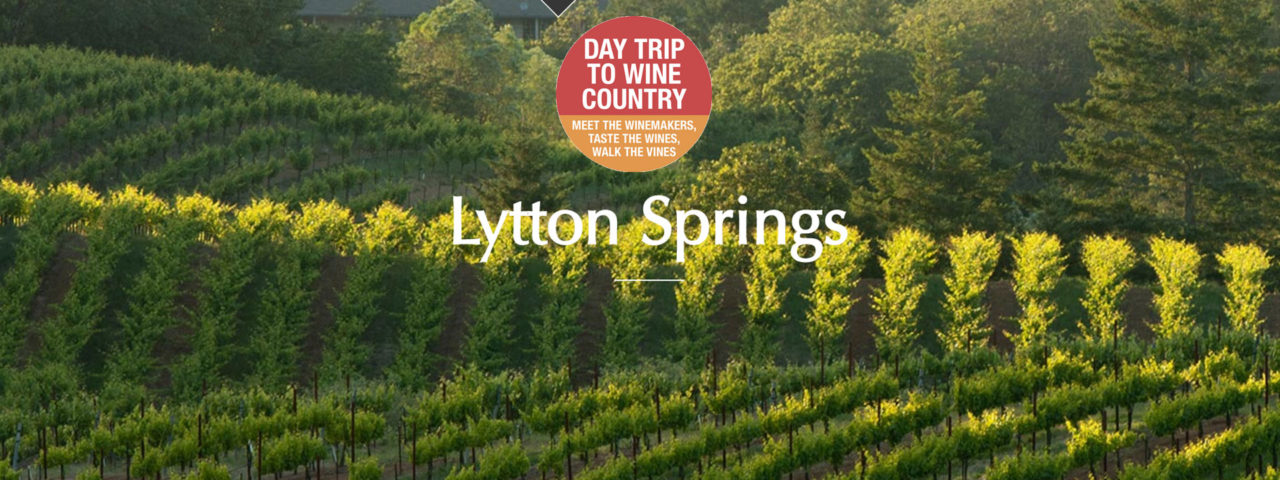
The New York Times described Ridge’s Cabernet Sauvignon as America’s greatest.

Visit the famous wine-growing region of Lodi County, California – virtually!
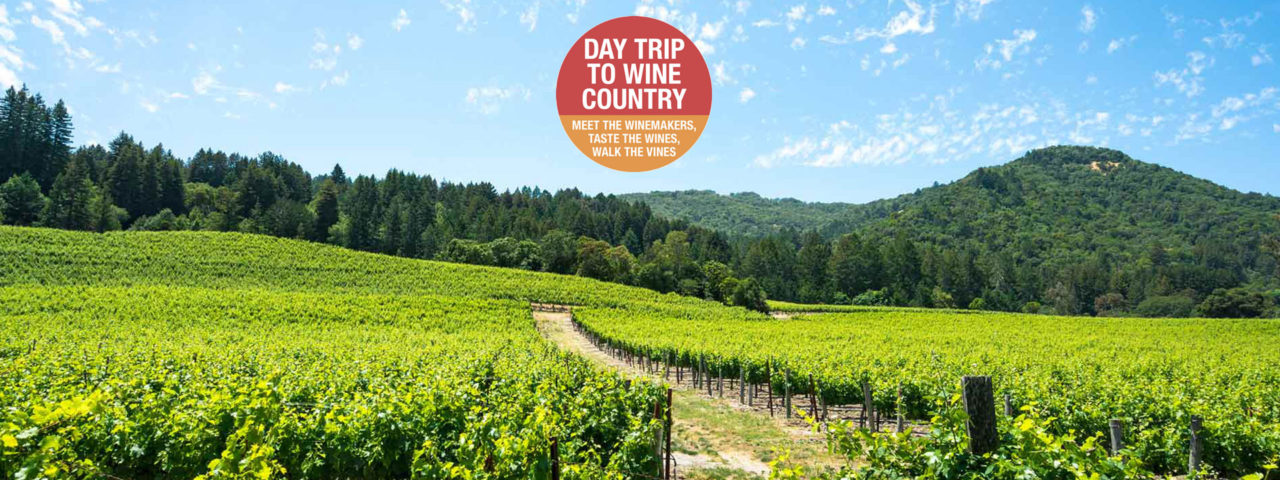
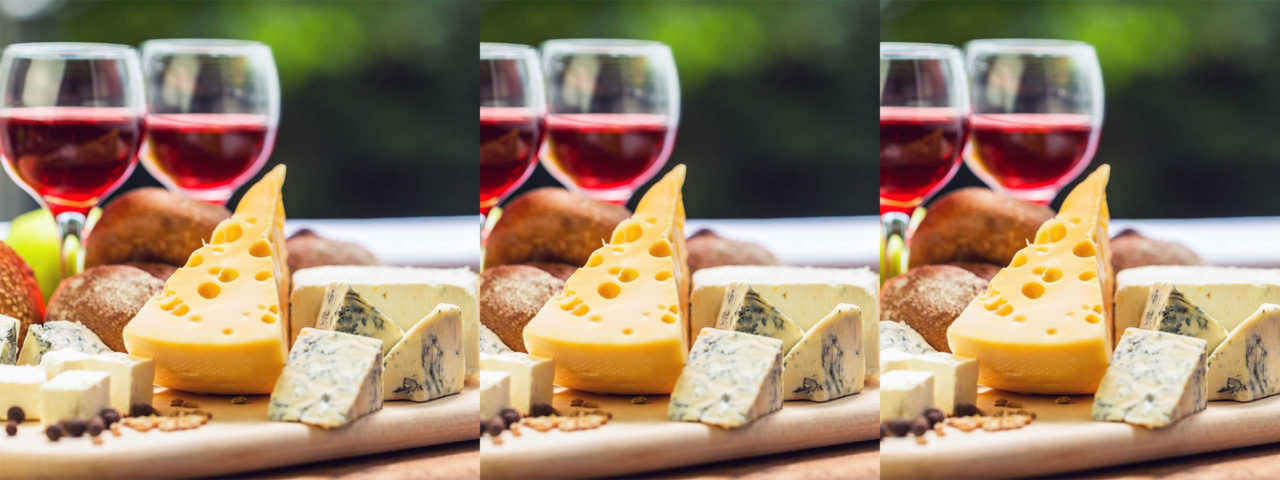
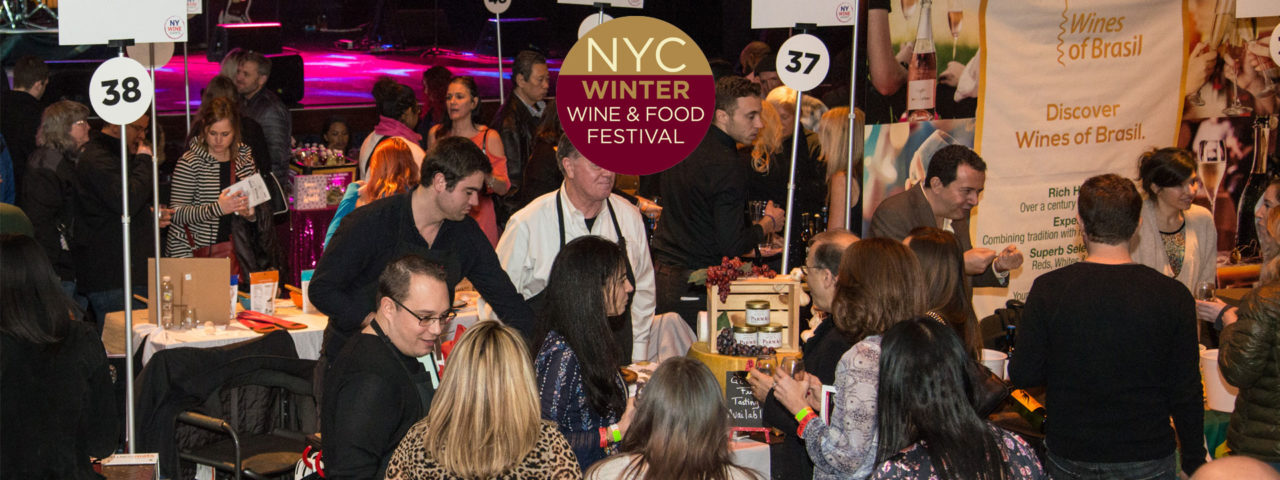
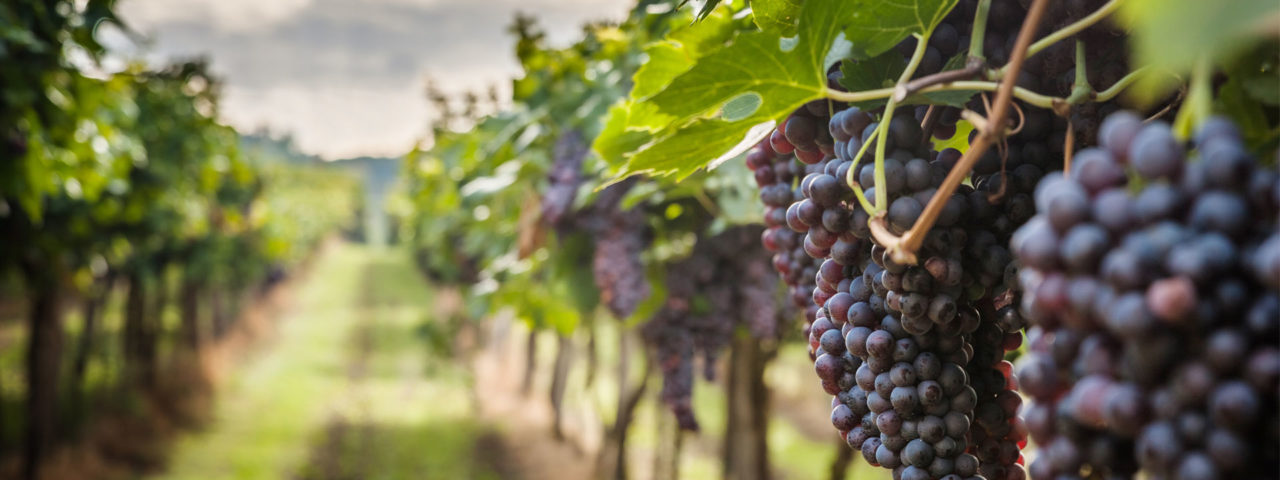
Join RG|NY winemaker Lilia Perez, for a unique tasting and blending session.
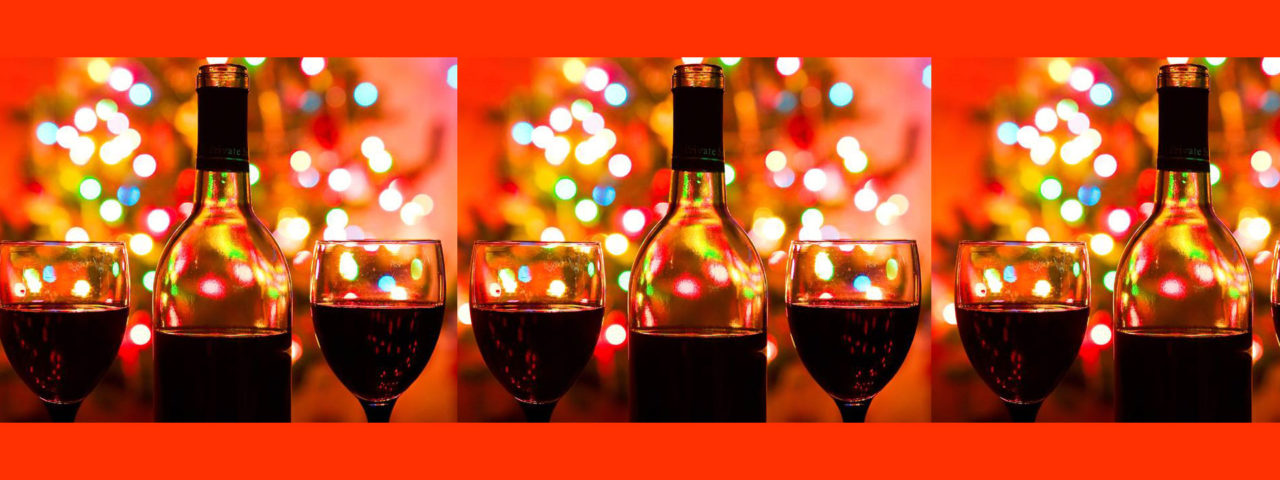
Don’t miss the ultimate holiday wine tasting event in the Hudson Valley. Sales end Thursday, Dec 12 at 11:59pm!
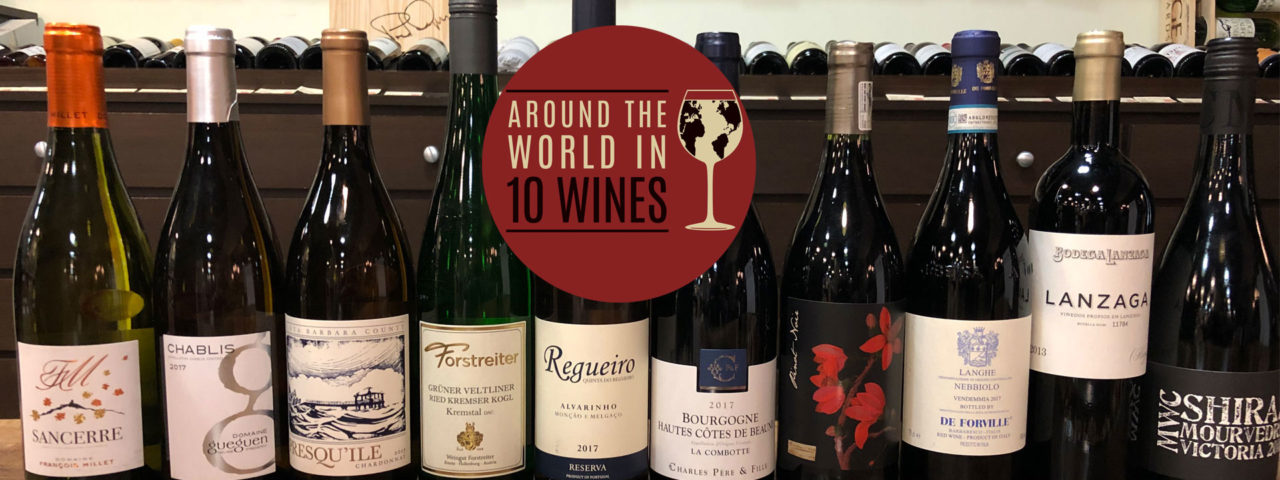
Experience a global tasting in 2 hours with award-winning artisan cheese and charcuterie
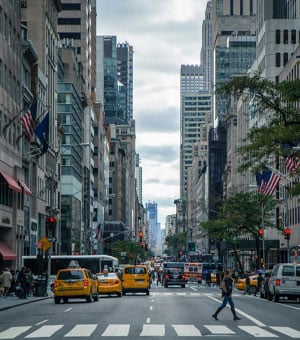
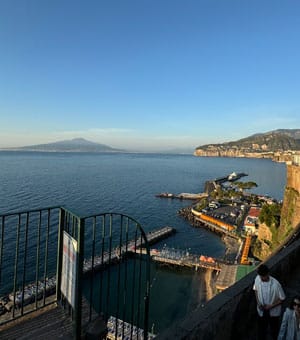
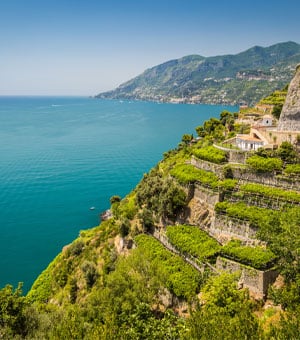
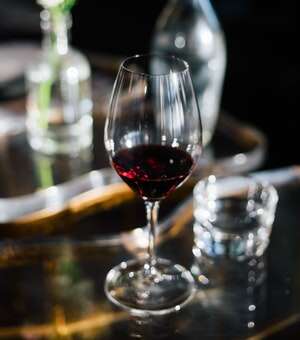
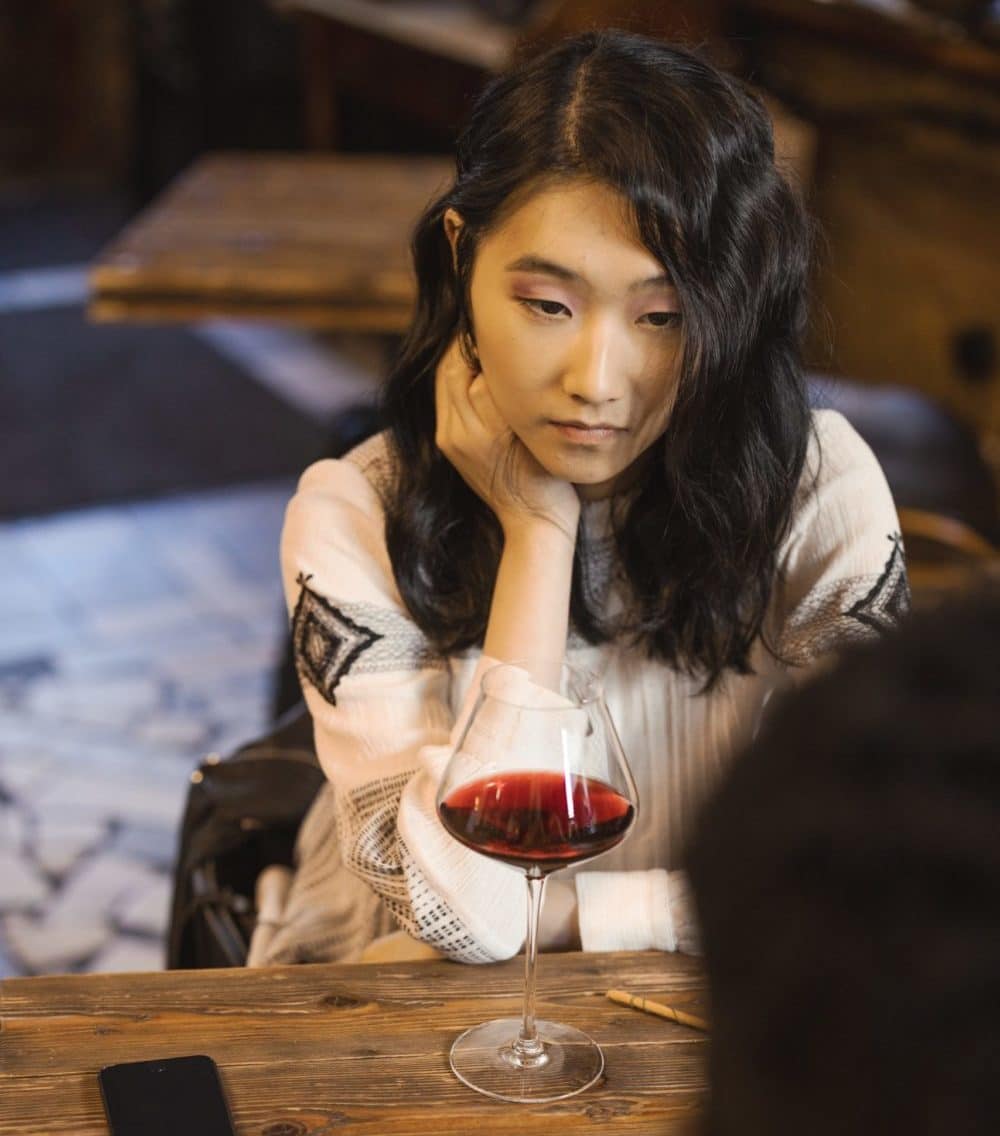

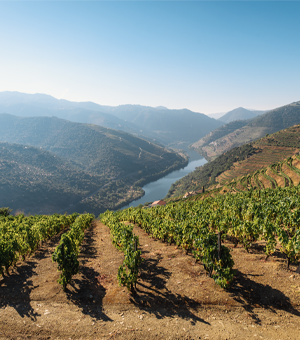
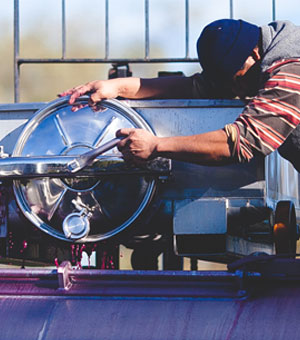
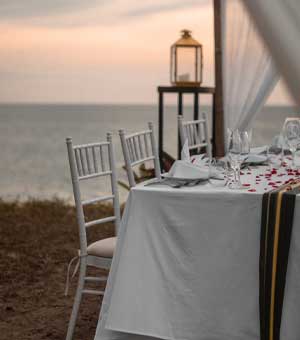
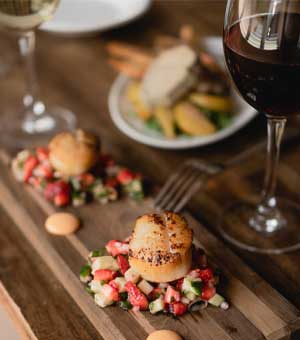
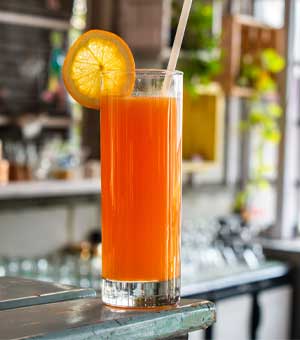
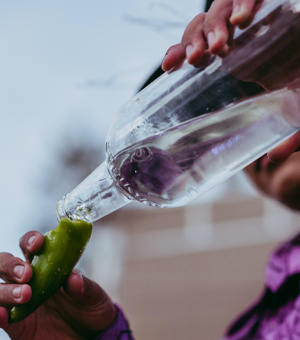
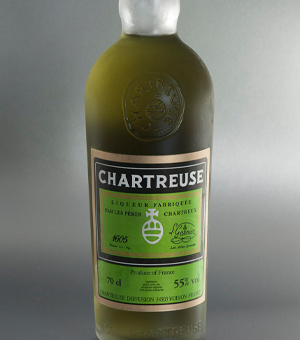

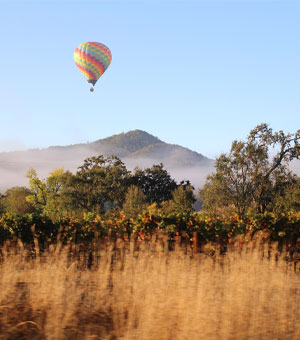
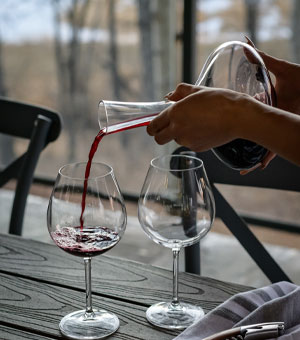
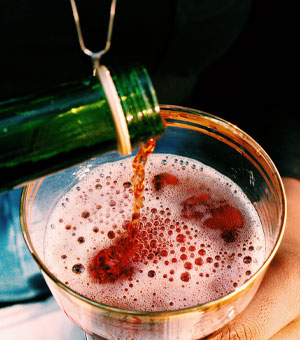

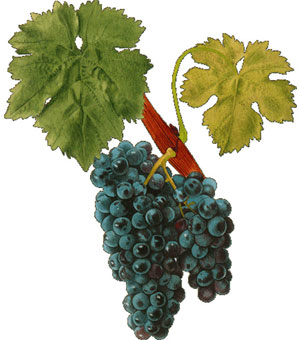

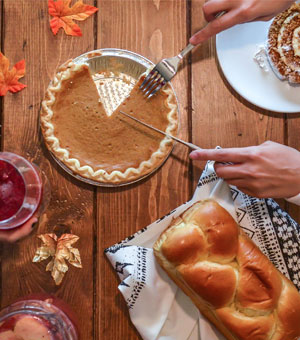
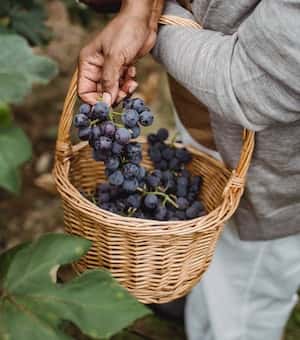
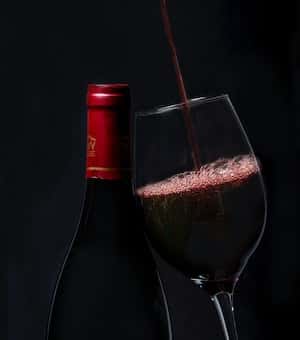

© 2025 Crush Wine Experiences DBA Winship Media. All rights reserved.
| Cookie | Duration | Description |
|---|---|---|
| cookielawinfo-checkbox-analytics | 11 months | This cookie is set by GDPR Cookie Consent plugin. The cookie is used to store the user consent for the cookies in the category "Analytics". |
| cookielawinfo-checkbox-functional | 11 months | The cookie is set by GDPR cookie consent to record the user consent for the cookies in the category "Functional". |
| cookielawinfo-checkbox-necessary | 11 months | This cookie is set by GDPR Cookie Consent plugin. The cookies is used to store the user consent for the cookies in the category "Necessary". |
| cookielawinfo-checkbox-others | 11 months | This cookie is set by GDPR Cookie Consent plugin. The cookie is used to store the user consent for the cookies in the category "Other. |
| cookielawinfo-checkbox-performance | 11 months | This cookie is set by GDPR Cookie Consent plugin. The cookie is used to store the user consent for the cookies in the category "Performance". |
| viewed_cookie_policy | 11 months | The cookie is set by the GDPR Cookie Consent plugin and is used to store whether or not user has consented to the use of cookies. It does not store any personal data. |
